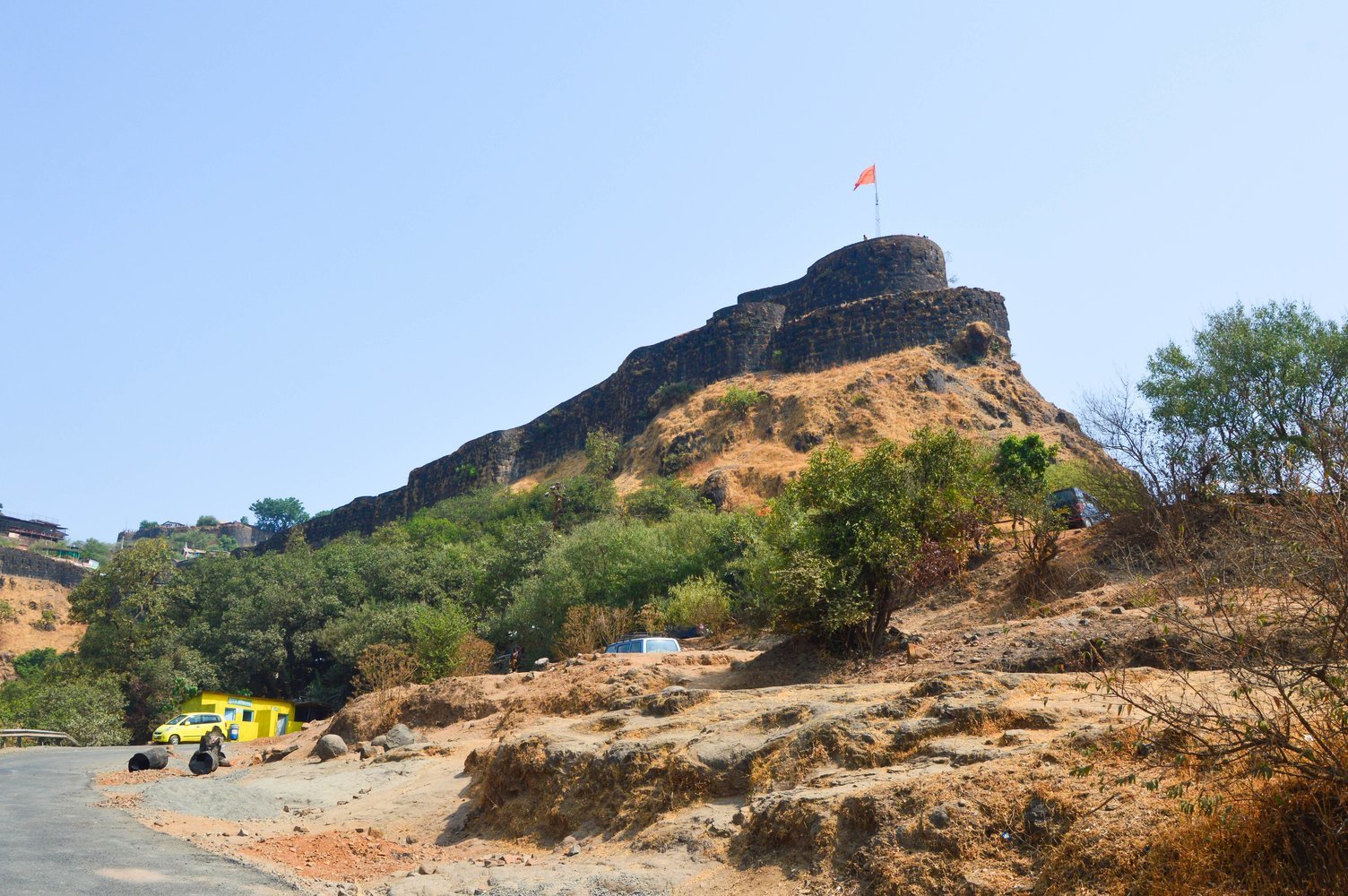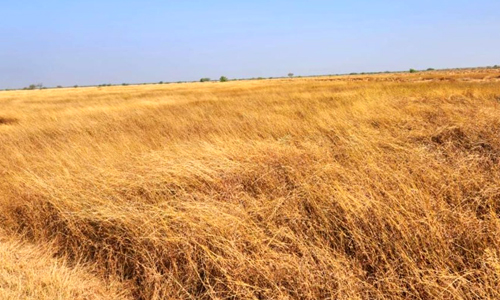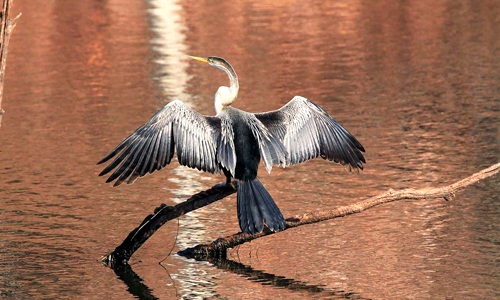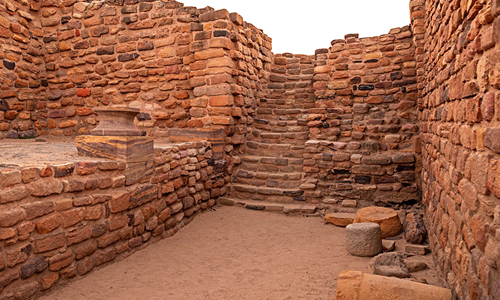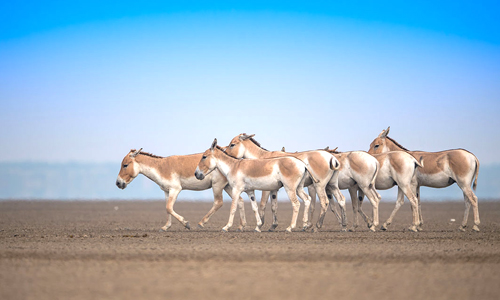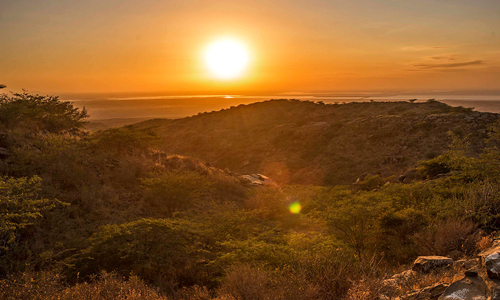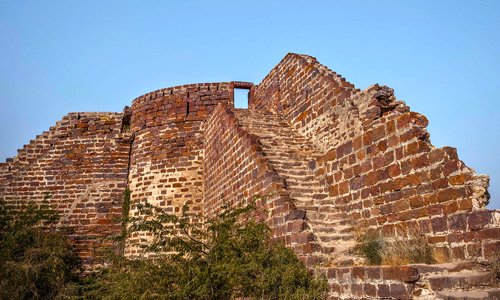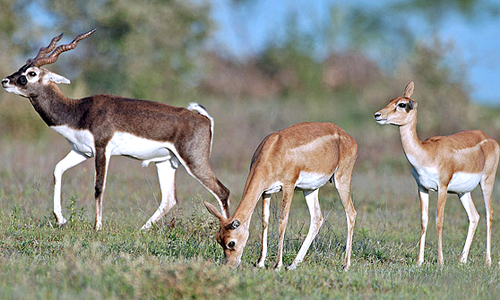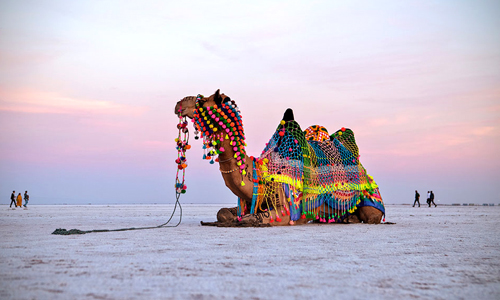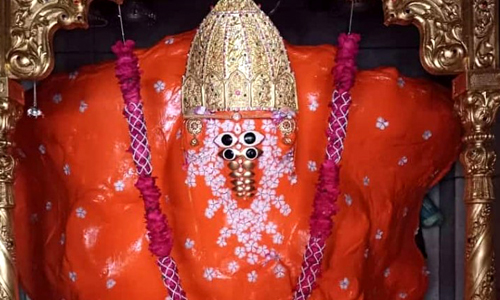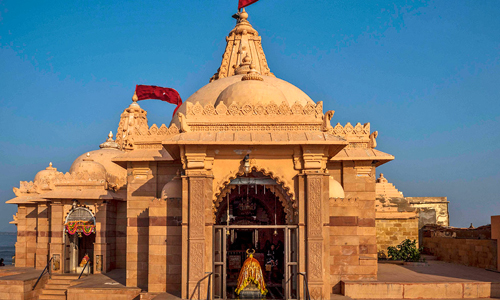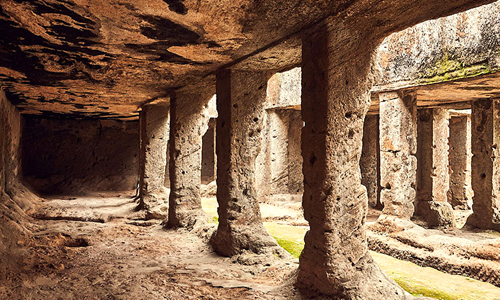The Kutch Desert Wildlife Sanctuary is the largest in the state, covering 7506.22 square kilometers. It includes a real saline desert where thousands of Flamingos breed and nest in the well-known "Flamingo City. " A nearby 5000-year-old city lies buried in eternal stillness. In February 1986, this region was designated as a sanctuary. It is among the most popular tourist places in the Rann of Kutch.
The Harappan civilization's buried city, Dholavira, was excavated here, drawing crowds of archaeologists from around the globe. About ten kilometers from Nir's outpost on Kala Dungar, in the middle of the Rann's mud flats, sits Flamingo City, which is equally alluring. It is the only place where flamingos regularly reproduce.
With a water depth of 0.5 to 1.5 meters, the Wildlife Sanctuary is one of the biggest seasonal saline wetland regions. However, the water evaporates in October and November, leaving behind a salinized desert throughout the region. The refuge is home to an astounding array of mammalian fauna as well as a broad diversity of aquatic fowl.
What is Kutch Desert Wildlife Sanctuary famous for?
The primary purpose of the sanctuary is to protect the flamingo, also known as the Greater Flamingo, bird's nesting area. The largest monastery in the world, it encompasses a real saline desert that is unique to the globe. Any Rann of Kutch tour package must include Kutch Desert Wildlife.
Which animal does Kutch Desert Wildlife Sanctuary protect?
Along with many other smaller species, the park is home to chinkara, blackbuck, nilgai, wild boar, Indian wolves, jackals, hyenas, foxes, and jungle cats. Tourists can also see Steppe, imperial, and short-toed eagles, Houbara bustards, flamingos, pelicans, storks, and cranes are among the birds in this area.
How many sanctuaries are in Kutch?
A number of the Kutch and Kachchh district's biologically diverse and wildlife-protected areas, including the Indian Wild Ass Sanctuary, Kutch Desert Wildlife Sanctuary, Narayan Sarovar Sanctuary, Kutch Bustard Sanctuary, Banni Grasslands Reserve, and Chari-Dhand Wetland Conservation Reserve, are accessible from the city of Bhuj.


